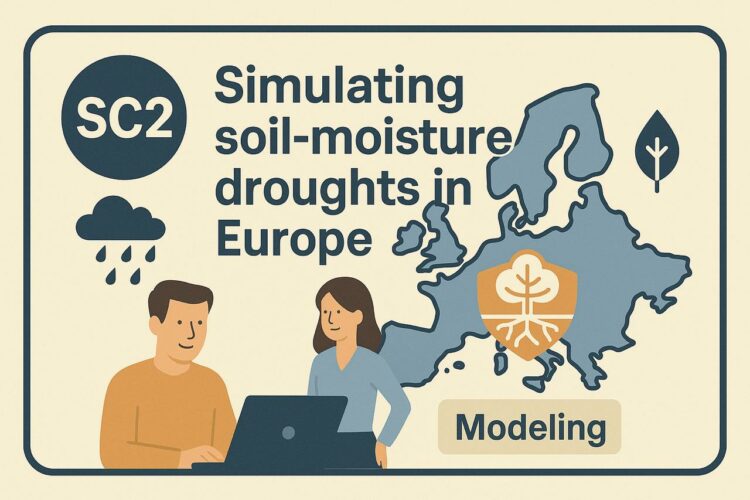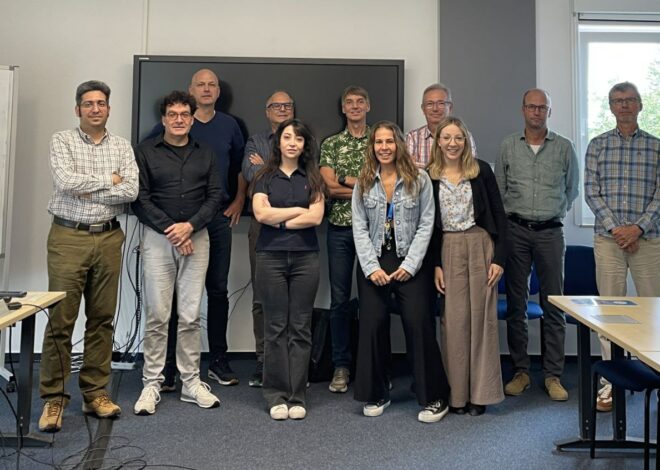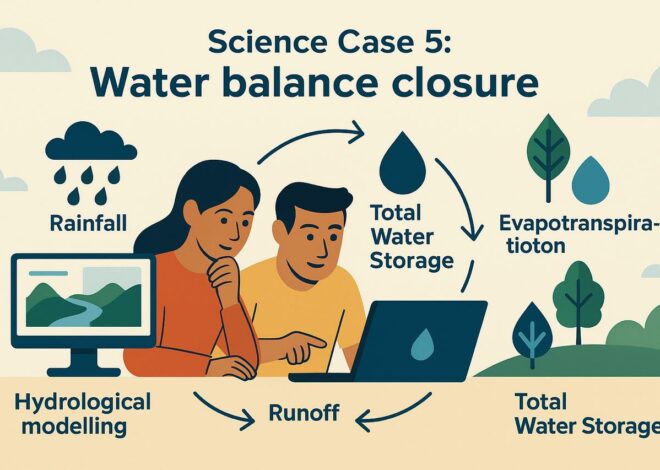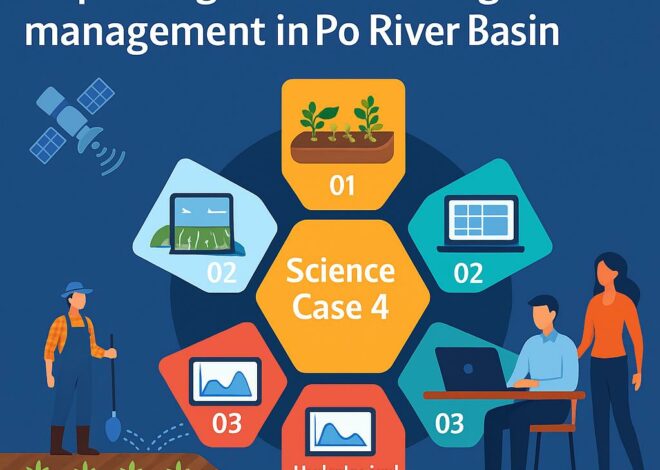
Science Case 2 (led by UFZ): Simulating soil-moisture droughts in Europe
Over the past decade, Europe has faced multiple severe droughts, primarily triggered by prolonged low rainfall and high evaporation rates (e.g., Naumann et al., 2021; Rakovec et al., 2022). These conditions significantly deplete root-zone soil moisture, which is crucial for plant growth and survival. While rainfall is widely monitored across Europe, data on evaporation and soil moisture, especially at large scales and high spatial resolution, remain scarce. To gain a deeper understanding of soil moisture drought development and temporal changes, we can integrate data from hydrological/land surface models with satellite-based Earth Observation (EO) products, and we aim to quantify their differences. This combined approach has the potential to enhance drought representation in models and improve future drought predictions. This science case aims to assess the effectiveness of EO products in improving model simulations of soil moisture droughts. We compare various configurations of five different hydrological models. These models were used to simulate hydrological processes using both default and calibrated settings, and forced with two different precipitation datasets: in-situ gridded meteorology (based on EMO-1) and EO precipitation input data (CNRIRPI)
We consistently evaluate these model experiments using the Soil Moisture Index(SMI) (Samaniego et al., 2013) to identify dry periods. Our analysis will focus on the Rhine basin as a key study area, examining the period from 2007 to 2020. We assess how SMI results vary across different model setups in a spatially distributed manner, specifically for selected drought events. Furthermore, we validate the model outputs against soil moisture data from the NSIDC SMAP satellite (1 km resolution, selected from a round-robin exercise) and point-scale observations from the International Soil Moisture Network (ISMN). This helps us determine if higher-resolution simulations yield more accurate results.
For the full report of this science case, click here.
Naumann, G., Cammalleri, C., Mentaschi, L. and Feyen, L. (2021). Increased economic drought impacts in Europe with anthropogenic warming, Nature Climate Change 11: 485–491.
Rakovec, O., Samaniego, L., Hari, V., Markonis, Y., Moravec, V., Thober, S., Hanel, M.and Kumar, R. (2022). The 2018–2020 multi-year drought sets a new benchmark in Europe, Earth’s Future 10 (3): e2021EF002394.\
Samaniego, L., Kumar, R. and Zink, M. (2013). Implications of parameter uncertainty on soil moisture drought analysis in germany, Journal of Hydrometeorology 14 (1): 47–68.



